-
 Serene and Tropical Holiday Destinations in India That Will Leave You Gasping for More: 12 Must Include Holiday Destinations in Your Itinerary in 2019
Serene and Tropical Holiday Destinations in India That Will Leave You Gasping for More: 12 Must Include Holiday Destinations in Your Itinerary in 2019
-
 Head to North India This Summer: 8 Stunning Tourist Places in North India to Visit with the Family & 3 Romantic Destinations for Newly Weds (2020)
Head to North India This Summer: 8 Stunning Tourist Places in North India to Visit with the Family & 3 Romantic Destinations for Newly Weds (2020)
-
 Ignite Your Love in One of India's Most Romantic Cities. Top 10 Places to Visit in Bangalore for Couples in 2020
Ignite Your Love in One of India's Most Romantic Cities. Top 10 Places to Visit in Bangalore for Couples in 2020
Romance and the Rennaissance in Venice
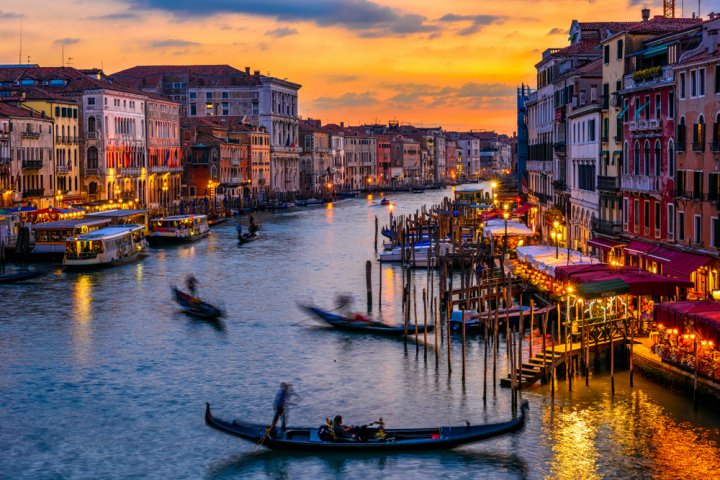
The technical definition of Venice is a city situated in North East of Italy and is also the capital of the Veneto region of the country, but its fame and recognition across the globe is because of its historical and cultural importance. The entire city, with its magnificent and grand architecture, is a pride of human civilization as it is the standing proof of what human beings can achieve with their industry and intellect.
It was built on the on one of the most inhospitable areas in the world but human intellect has not only beat all odds and made it worth settling, but also a sight to behold. With its breathtaking architecture and artwork, this city is a majestic achievement.
Culturally, Venice became relevant during the Renaissance because it was one of the important centres of the movement. This along with its aesthetic skyline and high inclination towards art contributed to the image of Venice as a romantic city. Sailing on the Grand Canal on a gondola with your beloved is an idea cherished by all romantics around the world.
4 Amazing Facts About Venice
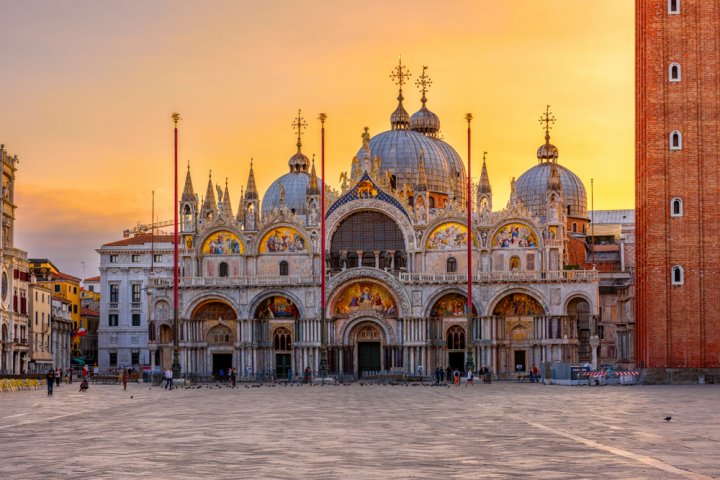
Speak about the characteristics of Venice and what comes to mind is the city has water channels for roads, gondola rides, olive oil and authentic Italian cuisine. The last two comes to mind because Venice happens to fall in Italy and the world cannot imagine Italy without olive oil and their world famous cuisine. While the above stated statements are true in case of Venice but those are not the only definition of the city. Believe it or not the city was the site of the first casino and originator of the world famous greeting “ciao” among other things. Let us have a look at some of the amazing facts regarding Venice.
The First Casino in the World

Speak of casinos and the first thing that would come to our minds is Las Vegas. It would not be too far from the truth if that’s the only city that comes to our minds when presented with that word. Las Vegas might be the current queen of the casino culture but it sure is not the place of its origin. The roots of the casino culture lies in another continent altogether. The first public casino opened its gates in as far back as 1638 in Venice. Besides being the oldest casino in the world, it is also the resting place of the German composer Richard Wagner.
Ciao!

Italian is a highly popular language across the world. The various accents as well as the sounds of the words in it are like a treat for our ears. The most popular greeting after “hello” is probably Ciao. This Italian greeting is widely recognized and had originated in Venice. It is actually a broken down version of “sciavo vostro” which is a Venetian greeting. Over the years the words disintegrated into “sciavo” and then finally “ciao”.
It is an Archipelago
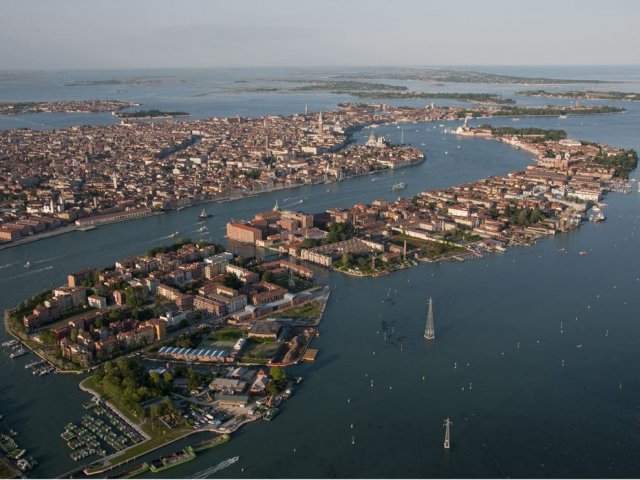
Venice is famous all across the world for its unique characteristic of being a city perpetually in water. It is situated on the Venetian lagoon and has mostly canals for roads. But what most people do not know is that Venice is not one compact city that happens to have channels of water peppering its surface, it is actually an archipelago. Venice is composed of 118 small islands. Connectivity between these islands is achieved by a whopping 400 bridges and 170 canals. It is literally an intricate spider web of canals, bridges and small islands.
It is Also a Sinking City
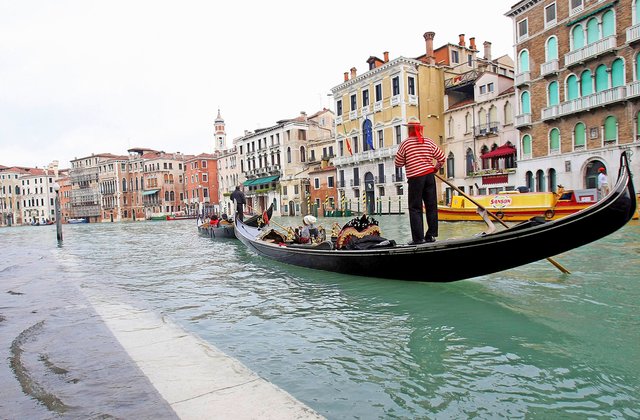
This is an alarming fact and to many it would be incredulous as well. Venice has been literally standing on water for close to a thousand years against all odds. It is believable that it is sinking consistently with the passing of each year. Well, whether you like it or not, this is a fact.
Venice is a sinking city and it sinks 1 to 2 millimetres every year. There are two major factors that cause this sinking, one is global warming and the other is pumping out of groundwater from beneath the lagoon. Global warming is gradually melting the polar ice caps and that in turn is increasing the volume of water in the seas and oceans across the globe. The rising sea water is sinking Venice, more than other coastal cities, because of its close proximity to water.
Another incident happened at the start of the 20th century when the aquifer under the lagoon was being drained of groundwater through pumping. This practice continued for 50 long years before the government abolished it in 1970 but by then considerable damage had already been done.
10 Best Places to Visit in Venice
Venice is saturated with landmarks and tourist attractions. Every nook and cranny of the city is embellished with exceptional artwork and architecture. Every second building seems to be the setting of an historical event. It would not be an exaggeration to say that extraordinary buildings far outnumber the ordinary ones in Venice. Considering that, it is difficult for a tourist to decide which site to visit and which site to skip when you have limited time to tour Venice. Follow this BP Guide to tour the best landmarks in the city.
The Grand Canal
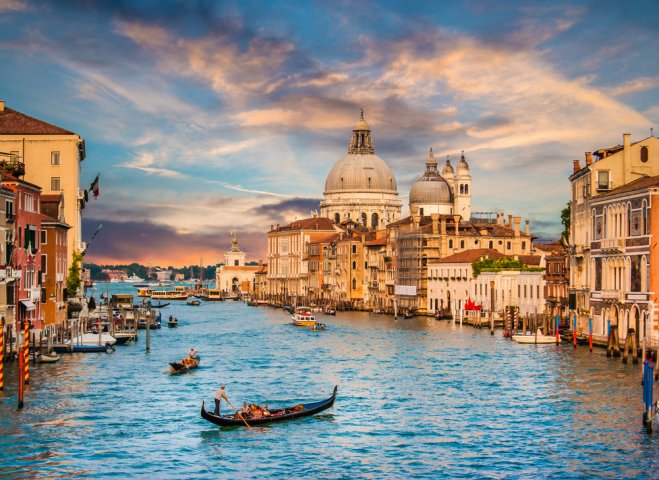
It has already been established that Venice is a city situated on a lagoon and has many canals intersecting it. Most roads and streets in Venice are just channels of water. The Grand Canal in Venice is its most important waterway and it dissects the city in 2 halves. It is about 3800 metres long and has some of the most aesthetic and magnificent buildings on both sides of it.
The Canal has been a major thoroughfare since the middle ages and its banks were the central district of the city. That’s why you see many palaces and noblemen’s mansions along it. Nowadays, besides being an important channel of connectivity and transport, the Grand Canal is the idyllic setting for luxurious cruises and romantic trips on a gondola. Get on a cruise or sail on a gondola and get lost in the magnificence of Renaissance Italy.
The Venetian Ghetto
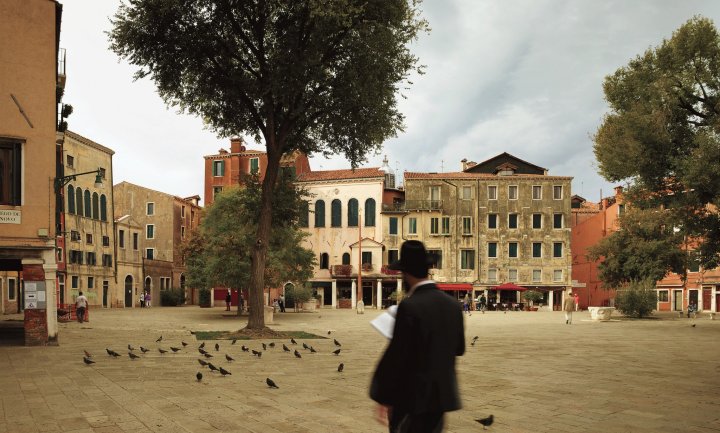
The Venetian Ghetto or the Cannaregio doesn’t have a flattering history. In fact, it is physical proof of racial hatred and discrimination. The Venetian Ghetto was officially instituted in 1516 during the time of the Venetian Republic and was in effect a separate and segregated place for the Jews to live. The then Venetian government compelled the Jews to live separately within the city and this segregation was not abolished until Napoleon Bonaparte conquered and dissolved the Venetian Republic in 1797.
The ghetto now is a quaint neighbourhood comprising of Venetian Jews. They are culturally and socially active and you can find many Jewish institutions like synagogues, temples, bakeries etc. functioning in the area.
St. Mark's Square
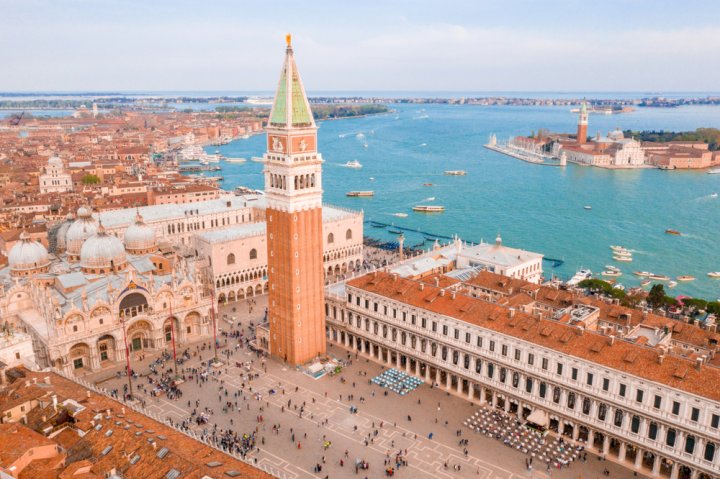
Italian city planning always included “squares” or large open areas in the midst of cities where the streets open into. Right from the time of the Romans to the Renaissance, Italian cities have sported magnificent squares where the people congregated either for a purpose or just for leisure. St. Mark’s Square is the largest square in Venice and the site for three most important tourist attractions of the city, namely, St. Mark’s Basilica, The Doge’s Palace and the Campanile.
The square itself is of aesthetic and graceful architecture with mosaics and arcades. Currently it is termed as the living room of Venice where both locals and tourists come for a stroll, to sit, gather with friends, sip coffee and eat croissants in the many cafes and restaurants on the square, shop in the arcades or simply pass through it en route to their destination.
Rialto Bridge

A city famous for its many canals will definitely have a famous bridge. The Rialto Bridge is that bridge. It is built across the Grand Canal and marks the spot of the first settlement in the island. Earlier there was just a wooden structure across the waterway but about 150 years later from that time, the present Rialto Bridge was constructed in 1588.
This stone archway supports two streets and as many sets of shops. Besides, it is also an important place for crossing the Canal. On one side of the bridge is the famous San Bartholomew Church while on the other side is a boisterous food market frequented by chefs and home cooks alike for some fresh produce.
Venice Lido
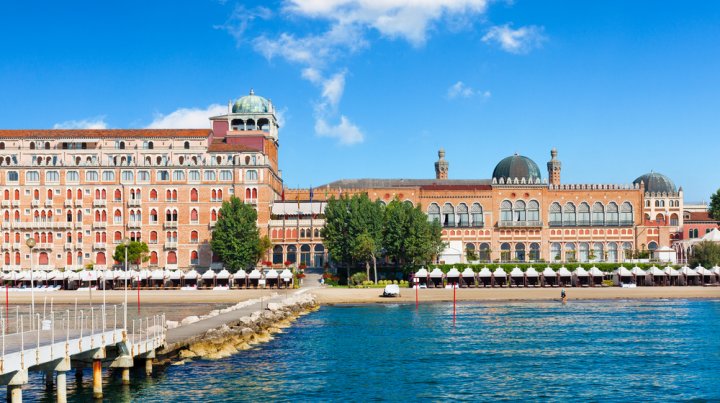
The Lido is a 12 kilometre long strip of sand that separates the Venetian lagoon from the Adriatic Sea. In the beginning of the 20th century, it was Europe’s most fashionable spot with celebrities and royals holding regular congregations here. On the northern end of the island are the public beaches and the San Niccolo church.
Besides these, the island is dotted with many boutique hotels and villas and it also hosts the international film festival. The best way to explore this island is through walks and bicycle rides. Amble through one of the world’s most fashionable and elite history on your bike or sit on the beach for a little while enjoying the breeze from the Adriatic.
Bridge of Sighs
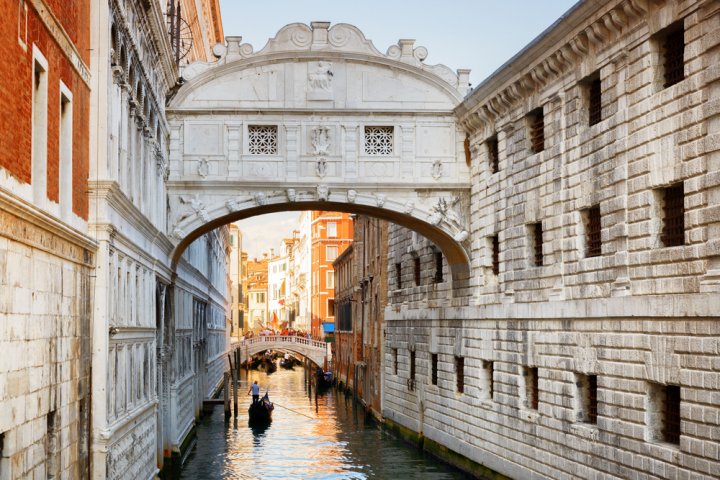
Among all the magnificent and sight pleasing history of Venice, the Bridge of Sighs is a macabre one. It is an enclosed bridge made with limestone that is located inside the Doge’s Palace and was the passageway to the prisons. It connects what was the interrogation room in the Doge’s Palace with the cells of the new prison.
The English name of the bridge was bestowed upon it by Lord Byron who reasoned that the prisoners saw the view of Venice for the last time before confinement through the bars of the windows on the bridge. They would sigh, uncertain of whether this was the last time they would see Venice.
Doge's Palace
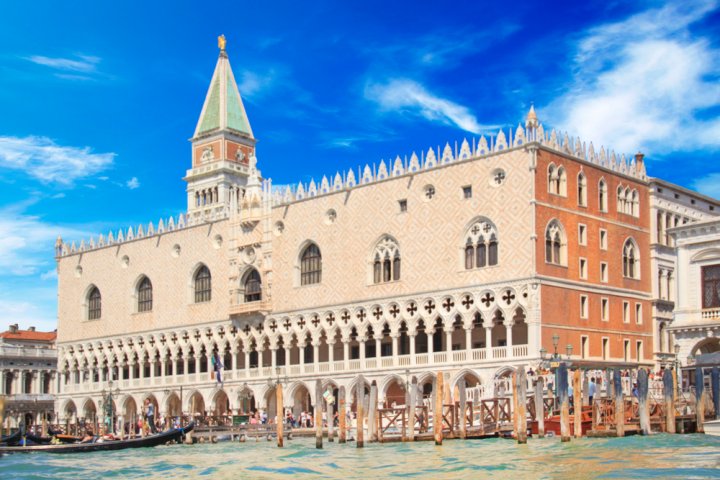
The Doge was the supreme authority of the Venetian Republic and Doge’s Palace was his residence. It is one of the most popular landmarks of Venice and is unparalleled in its magnificent Gothic architecture and size. It was built in 1343 and modified and renovated over the following centuries.
Sculptures, paintings, frescoes and other works of art by famous artists adorn both the interiors and exteriors of the Palace. It also houses the famous Bridge of Sighs within its compound. The Palace was turned into a museum in 1923.
Academy Gallery
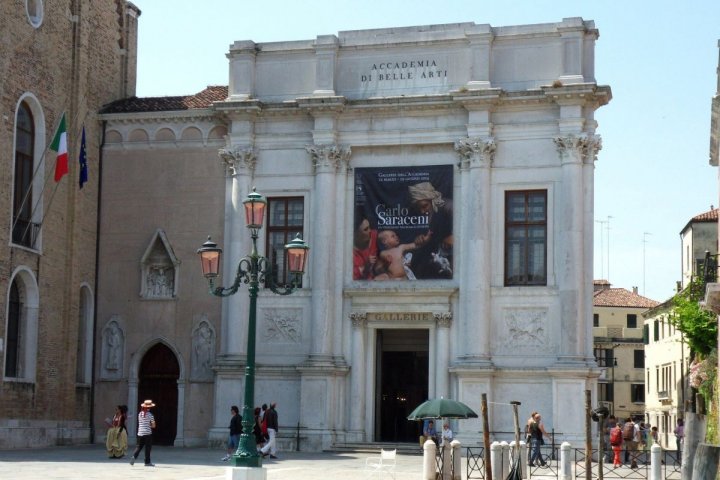
This museum is situated on the banks of the Grand Canal and has the most impressive collection of paintings from the 15th and 16th centuries. But the paintings are not the only attractions of the place. Some of the galleries are also a sight to behold; they have gilded and carved ceilings of the highest craftsmanship.
The paintings are placed in chronological order so that it is easy for the viewers to assess how the style and mood of art changed over time. Besides renaissance paintings, the museum also houses paintings of contemporary painters. So you get to see some of the finest art of both the past and the present.
Teatro La Fenice
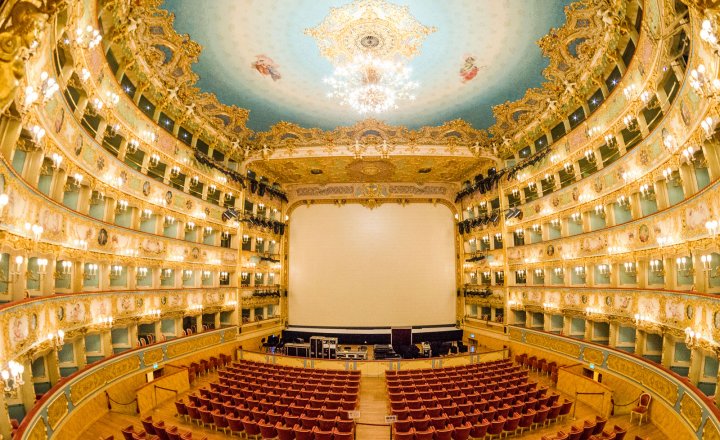
The Teatro La Fenice is not only one of the most famous opera houses in the world but also a symbol of never backing down. The opera building was burned down as many as three times in its history but it was not enough for it to give up and shut shop. The name of the theatre itself pays tribute to its ability to rise from the ashes and continue despite all hurdles.
The recent renovation it underwent was in 2004. The interior of the auditorium is decorated with intricately carved motifs and other ornamentation. The opera is still functional and hosts packed houses of concerts, opera, ballet and other performances throughout the year.
Santi Giovanni e Paolo
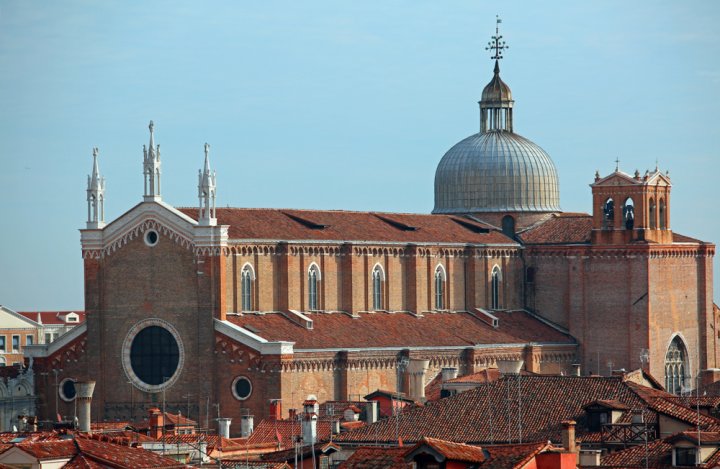
Santi Giovanni e Paolo is the largest church in Venice. The exterior is made with red brick and fashioned after Gothic architecture. It is the resting place of as many as 25 Doges from the Venetian Republic era. It shows how important the church was during that time.
The interior of the church is a sight to behold at it is what attracts the tourists. The walls are gilded with the famous artworks of famous artists. Besides, there are many magnificent monuments and tombs dedicated to the former Doges.
-
 Take a Cool Break This Summer as BP-Guide Brings You the 10 Coolest and Most Mesmerizing Places to Visit in India in the Summers (2019)
Take a Cool Break This Summer as BP-Guide Brings You the 10 Coolest and Most Mesmerizing Places to Visit in India in the Summers (2019)
-
 Travel and Broaden Your World View or Simply Be Amazed at What the World Offers! Here are the 10 Most Beautiful Places to Visit in the World (2019)
Travel and Broaden Your World View or Simply Be Amazed at What the World Offers! Here are the 10 Most Beautiful Places to Visit in the World (2019)
-
 10 Best Places to Visit in Zurich (2019): Lose Your Heart to the City with Breathtaking Vistas!
10 Best Places to Visit in Zurich (2019): Lose Your Heart to the City with Breathtaking Vistas!
-
 Travelling to Vermont for the First Time? Here's a Beginners Travel Guide to the 10 Best Places to Visit in Vermont (2020)
Travelling to Vermont for the First Time? Here's a Beginners Travel Guide to the 10 Best Places to Visit in Vermont (2020)
-
 The 10 Best Places to Visit When You are in Leh Ladakh: Be Mesmerised By the Beauty of India's Newest Union Territory (2019)
The 10 Best Places to Visit When You are in Leh Ladakh: Be Mesmerised By the Beauty of India's Newest Union Territory (2019)
Go off the beaten track
Every little to well known place on the planet has a whole set of 'must see' attractions along with lists of what to do, eat and buy. The thing is, you've been bombarded with so many images and details of each of these that when you finally experience them for yourself, it can seem almost anti-climatic and sometimes also a tiny bit of a let down. Weren't the images more glorious, the descriptions more vibrant than what you seem to be getting? Cross out a few things on these lists by all means, the ones that appeal to you most, and then go do your own thing. Get lost, discover, allow yourself to be surprised and amazed. Have your own experiences instead of trying to relive someone else's.

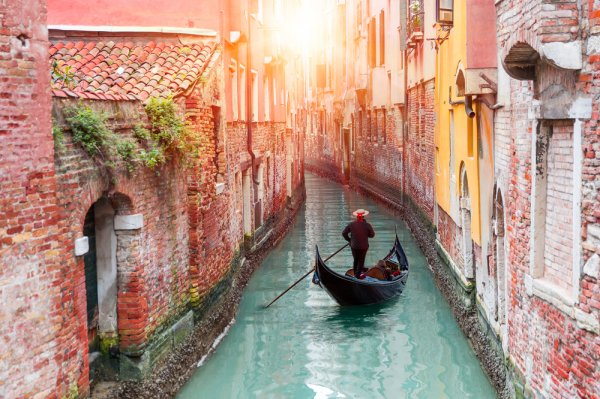
 Highlight the Best Facets of Your Incomparable Beauty: Discover the Best Face Highlighter Currently Available in India and Everything You Need to Know About Using Face Highlighters for Maximum Effect (2023)
Highlight the Best Facets of Your Incomparable Beauty: Discover the Best Face Highlighter Currently Available in India and Everything You Need to Know About Using Face Highlighters for Maximum Effect (2023)
 Forget the Blemishes and Get that Picture Perfect Flawless Radiance on Your Face: Check out the Best Foundations for Oily Skin Currently Available in India and Everything You Need to Know About Makeup Foundations (2023)
Forget the Blemishes and Get that Picture Perfect Flawless Radiance on Your Face: Check out the Best Foundations for Oily Skin Currently Available in India and Everything You Need to Know About Makeup Foundations (2023)
 Make Your Presence Felt Wherever You Go: Discover the Best Perfumes Under 2000 for Both Men and Women to Announce Your Arrival and Make Any Occasion Memorable (2023)
Make Your Presence Felt Wherever You Go: Discover the Best Perfumes Under 2000 for Both Men and Women to Announce Your Arrival and Make Any Occasion Memorable (2023)
 Protect Your Oily Skin from the Harmful Rays of the Sun: Discover the Best Gel Based Sunscreens for Oily Skin and Everything You Need to Know Before Buying One (2023)
Protect Your Oily Skin from the Harmful Rays of the Sun: Discover the Best Gel Based Sunscreens for Oily Skin and Everything You Need to Know Before Buying One (2023)
 Minor Blemishes and Wrinkles Affecting Your Confidence? Check out the Best BB Creams to Conceal Your Worries and Nourish Your Skin to Restore the Healthy, Radiant and Glowing Complexion Back Again (2023)
Minor Blemishes and Wrinkles Affecting Your Confidence? Check out the Best BB Creams to Conceal Your Worries and Nourish Your Skin to Restore the Healthy, Radiant and Glowing Complexion Back Again (2023)
